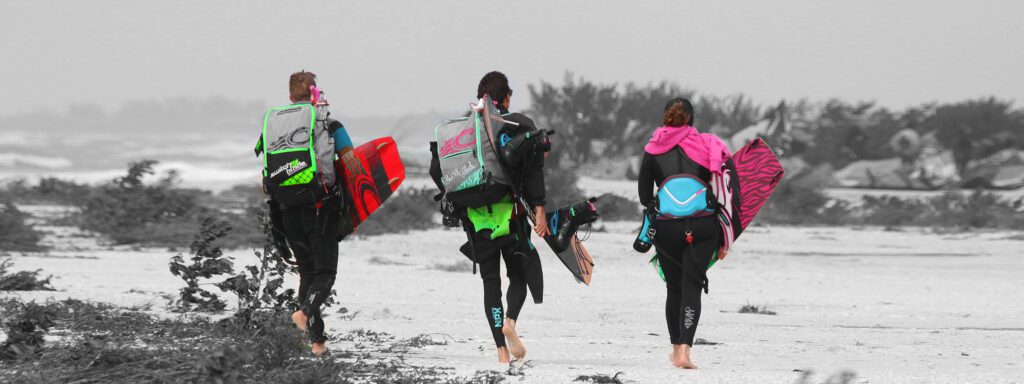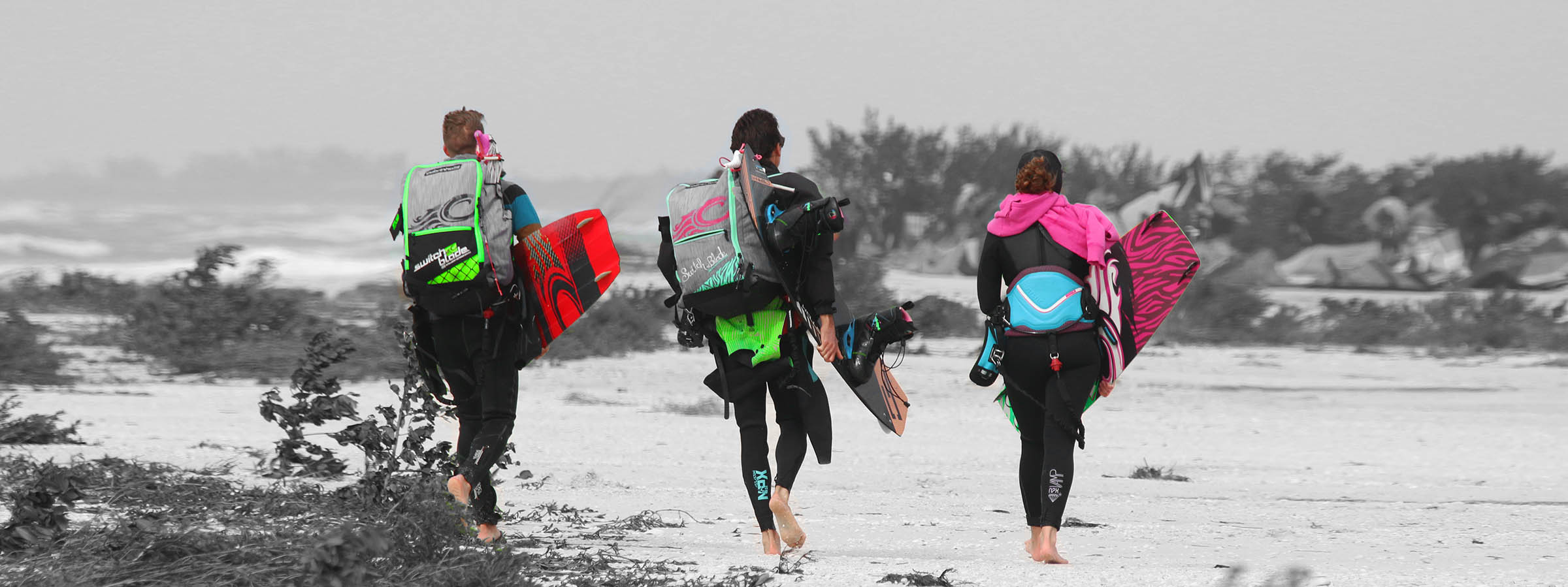
Why do many doctors recommend kitesurfing?
Discover the excellent health benefits of kitesurfing in this article. From improving cardiovascular health to reducing stress levels, kitesurfing offers many advantages that can help you lead a healthier life.
Kitesurfing, also known as kiteboarding, is an exciting water sport that combines elements of surfing, wakeboarding, and windsurfing. It involves riding a kite while being pulled by a kiteboard across the water. While many people take up kitesurfing for the adrenaline rush and the sheer fun of it, this sport also offers a host of health benefits worth exploring. In this article, we will delve into how kitesurfing can promote physical and mental well-being.
Benefits of Health Kitesurf:
- Improves Cardiovascular Health.
Kitesurfing is a high-intensity aerobic activity that can get your heart pumping and your blood flowing. The constant movement and resistance of the water provide an excellent workout for your heart and lungs, helping to strengthen them over time. According to a study published in the Journal of Sports Science and Medicine, kitesurfing can increase cardiovascular fitness, reduce resting heart rate, and improve oxygen uptake.
- Builds Strength and Endurance.
Kitesurfing requires a lot of physical strength and endurance, as you need to control the kite, balance on the board, and maneuver through the water. Over time, regular kitesurfing can help you build muscle mass and improve your overall stamina. It is a great way to tone your arms, shoulders, back, and core muscles.
- Reduces Stress and Anxiety.
Kitesurfing is a great way to disconnect from the stresses of everyday life and immerse yourself in nature. The sound of the waves, the wind in your hair, and the feeling of the sun on your skin all contribute to a sense of relaxation and well-being. Moreover, releasing endorphins during exercise can help reduce stress and anxiety levels.
- Boosts Mental Clarity and Focus.
Kitesurfing requires a lot of mental focus and concentration, as you must be aware of your surroundings and make split-second decisions. This can help to sharpen your cognitive skills and boost your mental clarity. In addition, the sense of accomplishment from mastering a new skill can boost your self-confidence and improve your overall mood.
- Provides a Low-Impact Workout.
Unlike many other high-intensity sports, kitesurfing is relatively low-impact, putting less strain on your joints and muscles. This makes it an excellent option for people who are recovering from injuries or who have joint pain. Additionally, the water’s buoyancy can help reduce the risk of injury from falls.
Is kitesurfing suitable for beginners? A: Yes, kitesurfing is suitable for beginners, but it is essential to take lessons from a certified instructor to learn the basics and practice safety measures.
What equipment do I need for kitesurfing? A: You will need a kite, a board, a harness, and a wetsuit. Choosing equipment appropriate for your skill level and the conditions you will be kitesurfing in is essential.
Is kitesurfing a dangerous sport? A: Kitesurfing can be dangerous if proper safety measures are not followed. Always wear a helmet and a life jacket, and only kitesurf in designated areas for the sport.
Conclusion:
In conclusion, kitesurfing is more than just a fun water sport. It offers a host of health benefits.
Kitesurfing not only benefits our health and well-being, but it can also have a positive impact on the environment. Here are some of how kitesurfing can be environmentally friendly:
- No Fuel Consumption: Kitesurfing relies on the power of the wind to propel the kiteboard, which means that no fuel or energy is consumed in the process. This makes kitesurfing a sustainable and eco-friendly sport.
- Low Carbon Footprint: Since kitesurfing involves no fuel consumption, it has a low carbon footprint. It produces fewer greenhouse gas emissions than other water sports that rely on motorized vehicles or boats.
- No Noise Pollution: Unlike motorized water sports, kitesurfing does not produce any noise pollution. This means that it does not disrupt marine life or disturb the natural tranquility of the environment.
- Promotes Conservation: Kitesurfing can promote conservation efforts by raising awareness about preserving marine ecosystems. Kite surfers are often passionate about protecting the ocean and its inhabitants, and many participate in beach cleanups and other environmental initiatives.
- Non-invasive: Kitesurfing is a non-invasive sport that does not require any structures or infrastructure to be built. It does not contribute to coastal erosion or disrupt natural habitats.
Overall, kitesurfing can be a great way to enjoy the ocean’s beauty while minimizing our environmental impact. We can help preserve our planet for future generations by choosing eco-friendly water sports like kitesurfing.
Author
Latest entries
 WatersportsMay 10, 2023Qatar GKA Freestyle Kite World Cup, Fuwairit Kite Beach, Qatar: 31 January – 04 February – 2023
WatersportsMay 10, 2023Qatar GKA Freestyle Kite World Cup, Fuwairit Kite Beach, Qatar: 31 January – 04 February – 2023 WatersportsMarch 30, 2023Seven Navigation Tips That All Kite Surfers Should Know.
WatersportsMarch 30, 2023Seven Navigation Tips That All Kite Surfers Should Know. WatersportsMarch 30, 2023Why Safety First is the Most Important Aspect of Kitesurfing.
WatersportsMarch 30, 2023Why Safety First is the Most Important Aspect of Kitesurfing. WatersportsMarch 30, 2023Tips to Improve Your Body Drag Skills in Kitesurfing.
WatersportsMarch 30, 2023Tips to Improve Your Body Drag Skills in Kitesurfing.




